Poo saves the world face_with_colon_three
Once landfilled and ignored, the city’s incinerated sewage sludge is now prized for its fertility.



A supermassive black hole in the center of the Milky Way galaxy is creating a light show that’s intriguing astronomers.
Flares of light have been observed in a disk orbiting the black hole Sagittarius A*, according to a team of astrophysicists studying the black hole who published their findings Tuesday in The Astrophysical Journal Letters. Known as an accretion disk, it’s hot, contains a steady flow of materials like gas or plasma, and flickers constantly. The disks emit light that can be detected using infrared and X-ray instruments, which helps astronomers better observe the black holes the disks orbit.
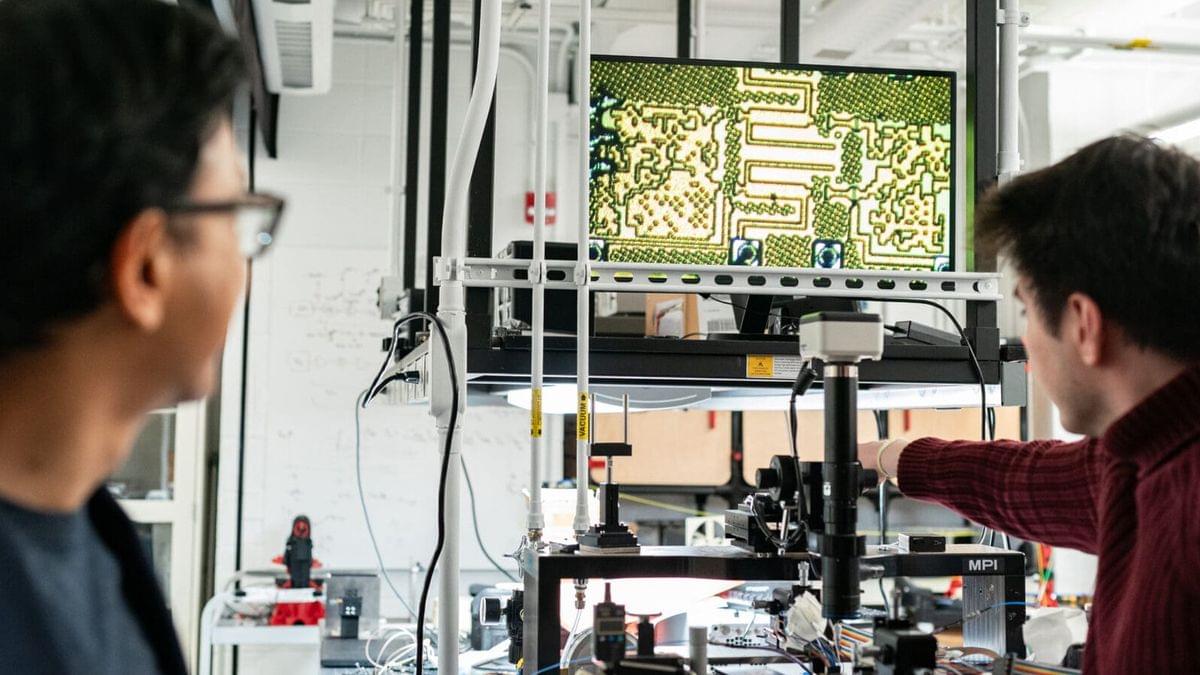
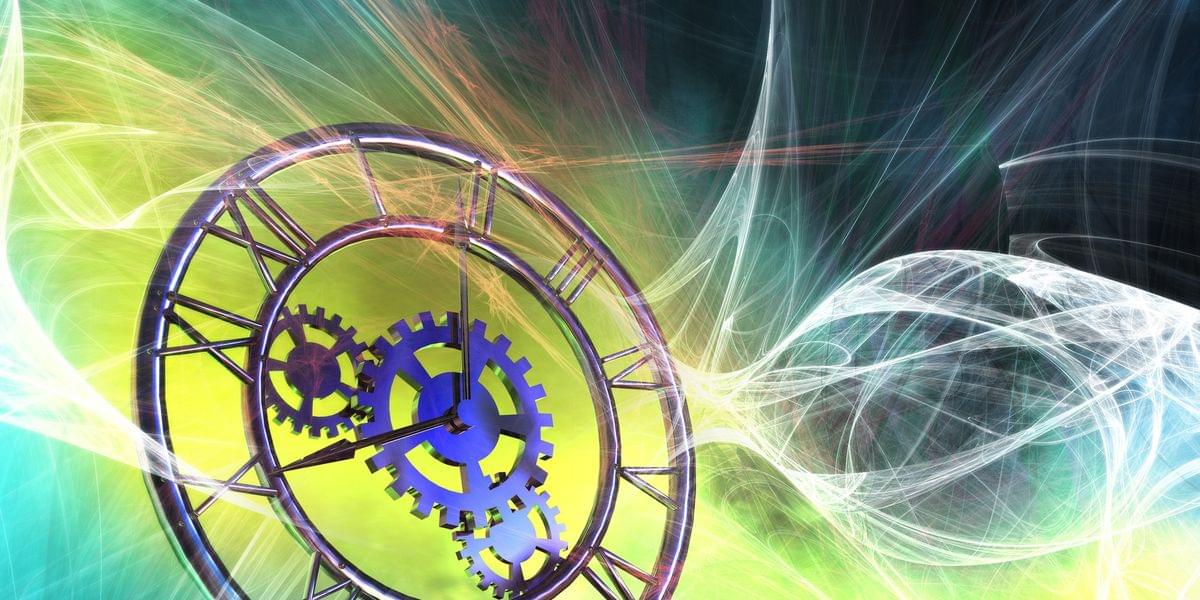

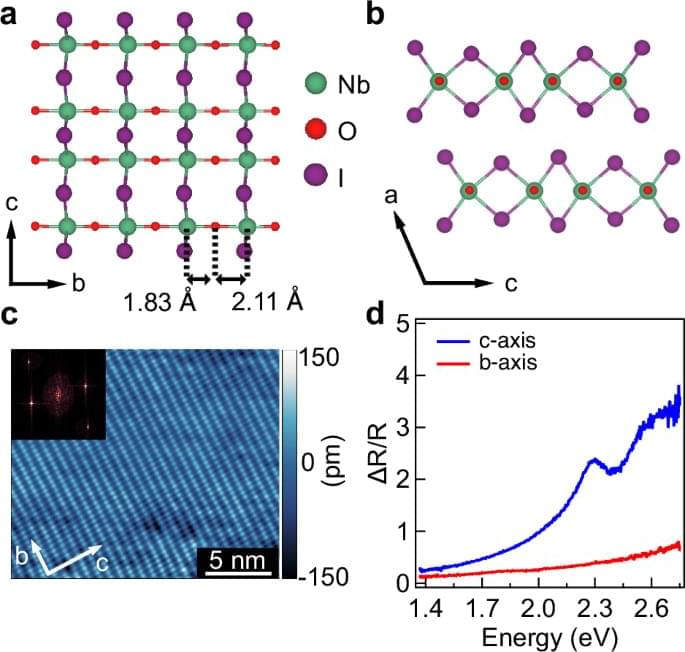
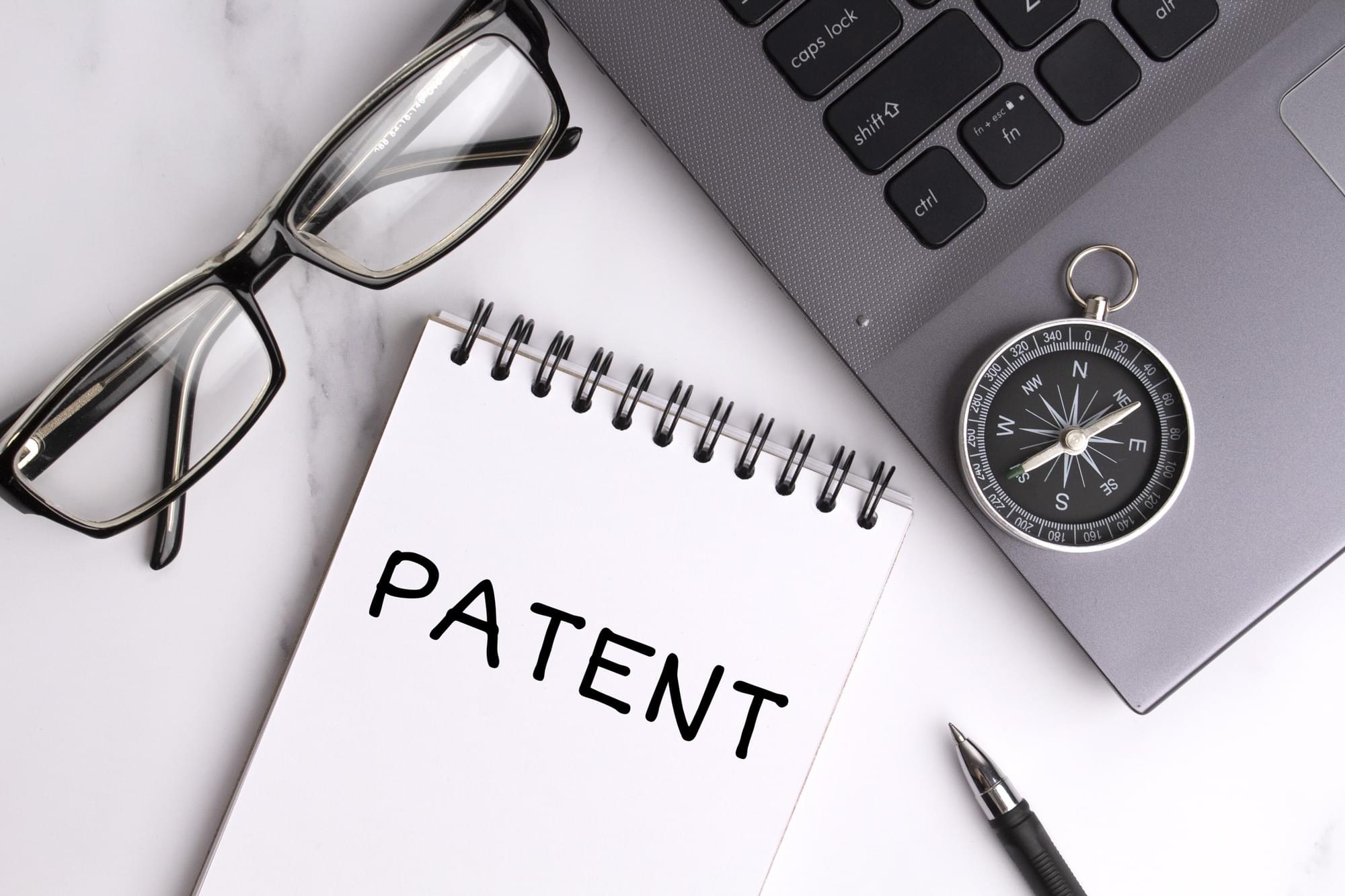
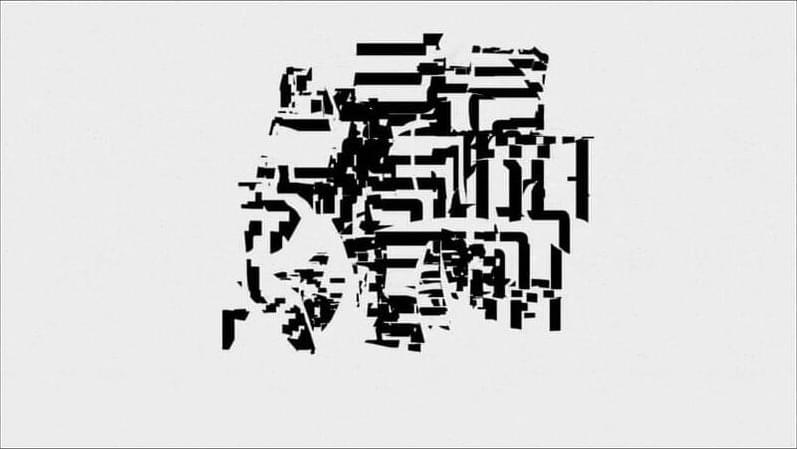
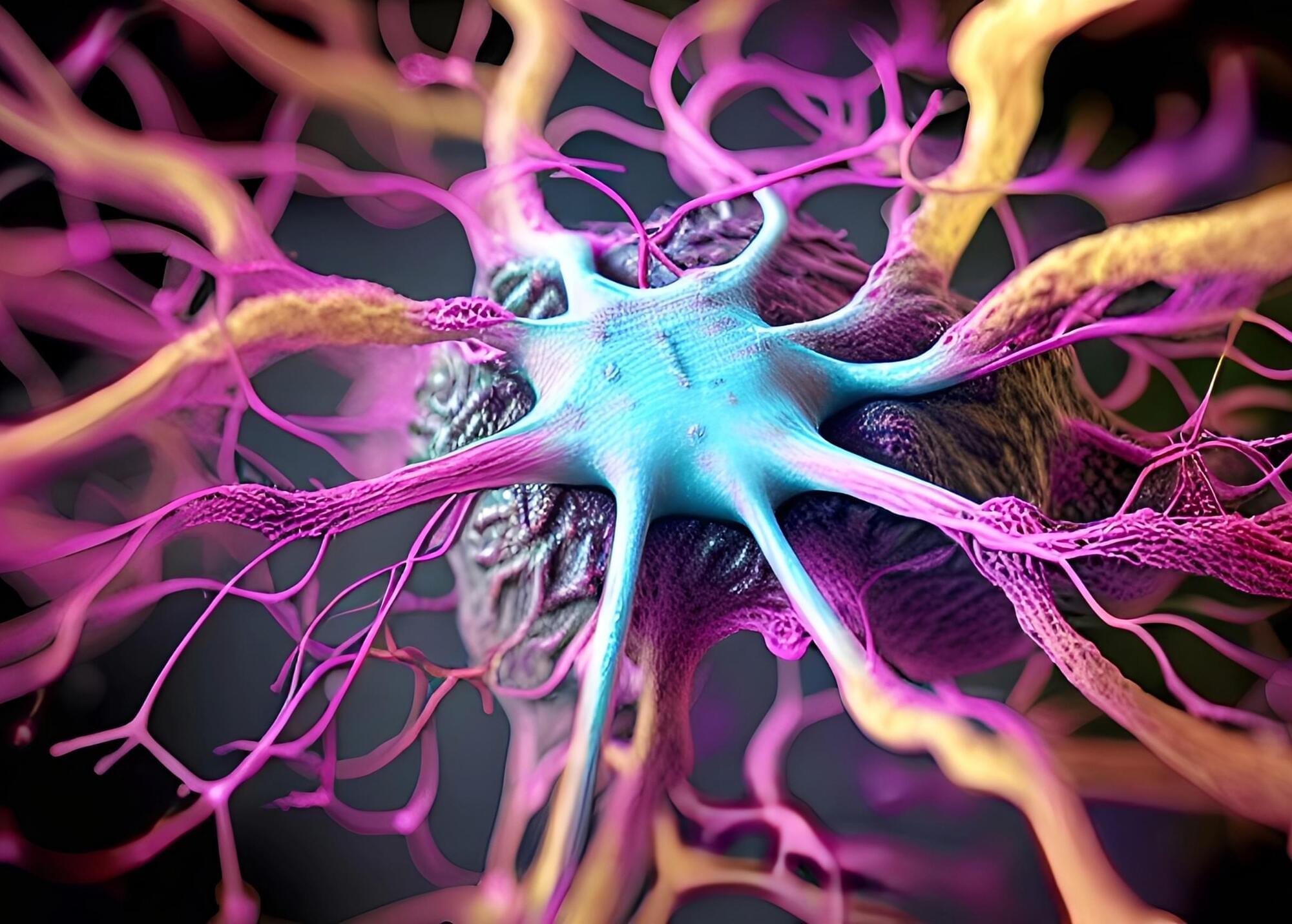
This approach significantly enhances performance, as observed in Atari video games and several other tasks involving multiple potential outcomes for each decision.
“They basically asked what happens if rather than just learning average rewards for certain actions, the algorithm learns the whole distribution, and they found it improved performance significantly,” explained Professor Drugowitsch.
In the latest study, Drugowitsch collaborated with Naoshige Uchida, a professor of molecular and cellular biology at Harvard University. The goal was to gain a better understanding of how the potential risks and rewards of a decision are weighed in the brain.